- More Than One Provider: American industrialization has long shown the benefits to customers of competitive markets, and NASA is capitalizing on that approach through the Commercial Crew Transportation Capability (CCtCap) contracts. The agency selected two independent systems designed by Boeing and SpaceX that, once certified, will add to the fleet of ships serving the International Space Station. Multiple awards maximizes meeting the program objectives, provides more options and flexibility for the agency throughout contract performance, reduces overall risk to the program, and best ensures successfully accomplishing safe, reliable missions to the station. Boeing and SpaceX are moving forward on their respective plans, providing NASA options for its transportation service needs while meeting the agency’s rigorous demands for safety.
- American Launches: NASA’s Commercial Crew Program is restoring the nation’s capability to launch astronauts once again from Florida’s iconic spaceport. Boeing and SpaceX plan to use hangars and launch facilities at NASA’s Kennedy Space Center and Cape Canaveral Air Force Station to ready their spacecraft, rockets and crews for flight.
- More Research In Space: The Boeing CST-100 and SpaceX Crew Dragon will carry four crew members each mission, which will enable the crew complement on the International Space Station to increase from six to seven crew members. As a result, the total crew research time on the orbiting laboratory can expand from 40 hours each week to 80, enabling critical science investigations that increase our understanding of what it takes to live and work in space while also benefiting life on Earth.
- Methodical Approach To Safety: NASA’s extensive experience and expertise in human spaceflight has produced a robust encyclopedia that will be put to use in certifying new designs for use by America’s astronauts. The agency’s spaceflight experts have worked closely with industry partners as they detailed their designs and tested components and will remain in close contact with them through increasingly complex testing and flight milestones. The Federal Aviation Administration, or FAA, also is a partner in ensuring the launches meet public safety requirements.
- Joint Test Team: Astronauts who will fly Commercial Crew missions to the station will work closely with contractor-led test teams throughout the final phases of development and certification of the Boeing CST-100 and SpaceX Crew Dragon. This Joint Test Team approach will include a NASA astronaut on board the flight test to the International Space Station. This approach follows NASA’s historical approach of having crew members intimately involved in the development of their spacecraft.
- Making Progress: NASA and its industry partners know that going from design to construction and operations is a complex process that requires extra attention to detail. Boeing and SpaceX will build myriad ground systems, adapt facilities to use as processing hangars and upgrade control centers that are needed to safely and successfully fly humans to and from the International Space Station.
- Ease Of Operation: The new generation of American crewed spacecraft will use computer and avionics technology that will make the spacecraft far less strenuous for crews to operate. Many tasks will be automated, but astronauts will be able to assume manual control if necessary. Getting to space is never easy, but it will be more automated.
- American Ingenuity: While NASA defined requirements for the space systems that will carry the nation’s astronauts to the station, it left the design details and development approach to the companies. This approach allowed companies to incorporate their own innovations to make a cost-effective space system that can be suited to other customer needs as well as NASA’s.
- Certification, Then Operation: Before either spacecraft flies with astronauts aboard, NASA will certify that they meet NASA’s safety and performance requirements. The interim development milestones outlined by Boeing and SpaceX will provide incremental progress along the way to show each is safe to fly. Once certified, NASA will use the systems to fly U.S. and U.S.-sponsored astronauts to the International Space Station. The crew systems also will serve as a lifeboat for the station in case of an emergency.
- Parallel Path For Human Space Exploration: NASA’s work to turn over low-Earth orbit astronaut transportation to commercial companies allows the agency to use other resources to develop the Orion spacecraft and Space Launch System rocket for missions into deep space and for eventual journeys to Mars. Both destinations – the International Space Station and deep space – are vital in the nation’s space exploration efforts, and one cannot be successful without the other.


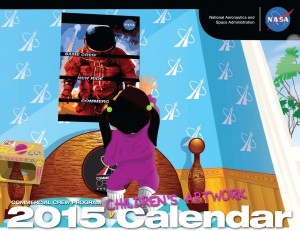
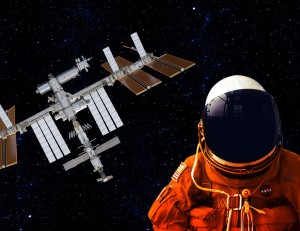 We’re looking forward to an exciting 2015 here at Commercial Crew. A sampling of our calendar: two abort tests, a free-flight test, and component evaluations. All of these are important steps as NASA and our partners progress toward launching space station crews again from American soil!
We’re looking forward to an exciting 2015 here at Commercial Crew. A sampling of our calendar: two abort tests, a free-flight test, and component evaluations. All of these are important steps as NASA and our partners progress toward launching space station crews again from American soil!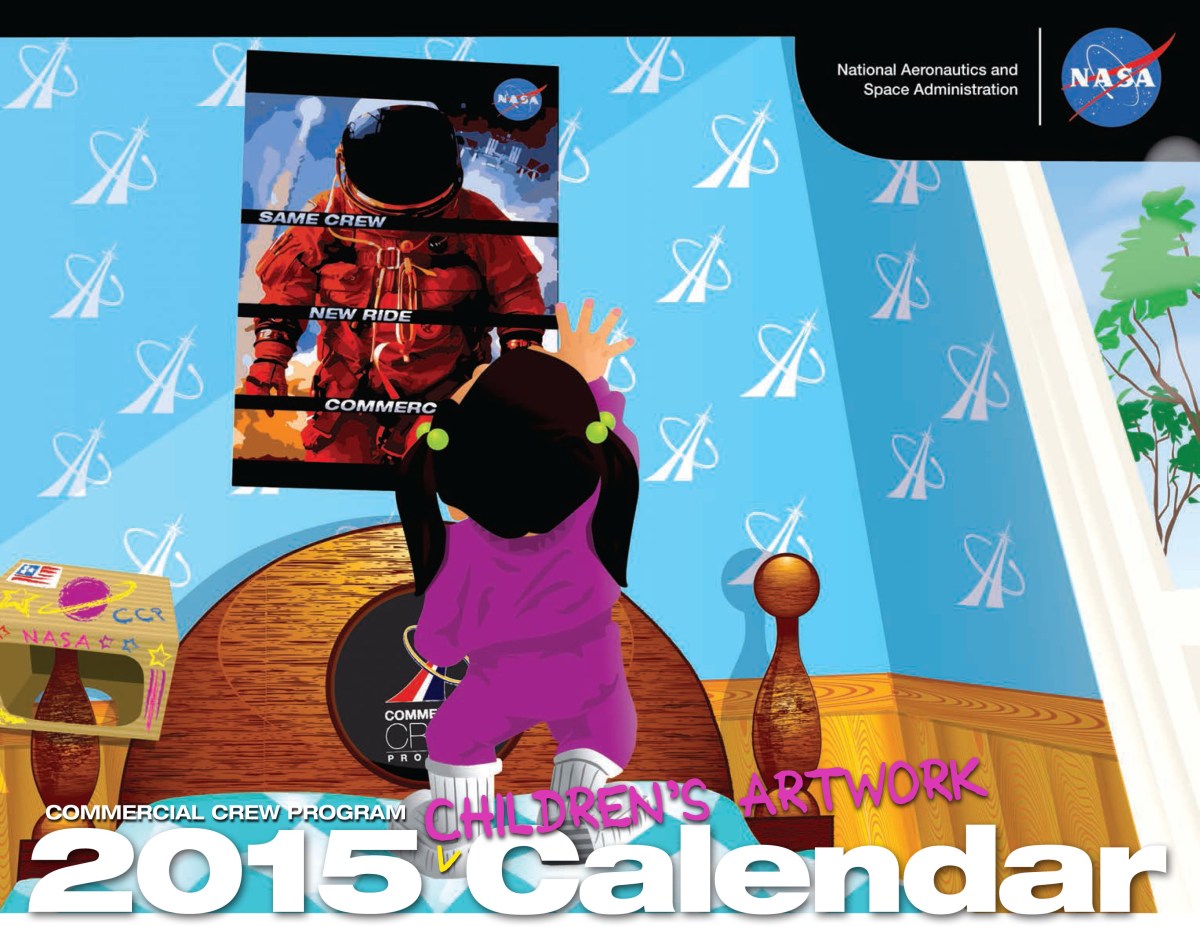





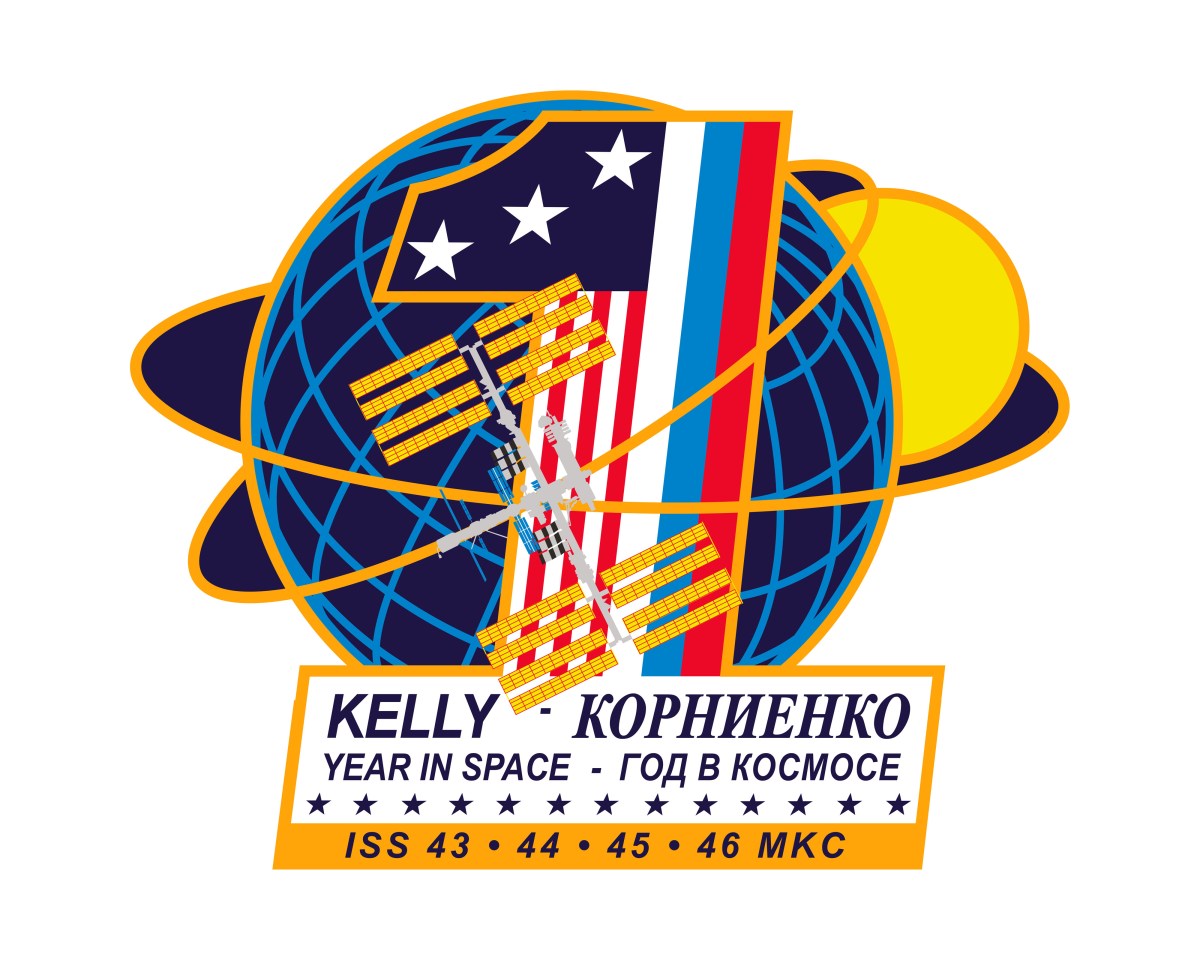
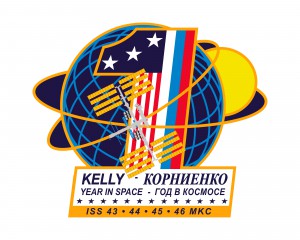 NASA astronaut Scott Kelly and Russian cosmonaut Mikhail Kornienko will set off in a Soyuz in March 2015 for a one-year expedition living aboard the International Space Station. The goal of their yearlong stay is to understand better how the human body reacts and adapts to the harsh environment of space.
NASA astronaut Scott Kelly and Russian cosmonaut Mikhail Kornienko will set off in a Soyuz in March 2015 for a one-year expedition living aboard the International Space Station. The goal of their yearlong stay is to understand better how the human body reacts and adapts to the harsh environment of space.
 Art has been a central element in achieving the dream of spaceflight because it starts the imagination down a path from simple concept to complex design. So young explorers, this is your chance to show what you think space travel and exploration should be.
Art has been a central element in achieving the dream of spaceflight because it starts the imagination down a path from simple concept to complex design. So young explorers, this is your chance to show what you think space travel and exploration should be.